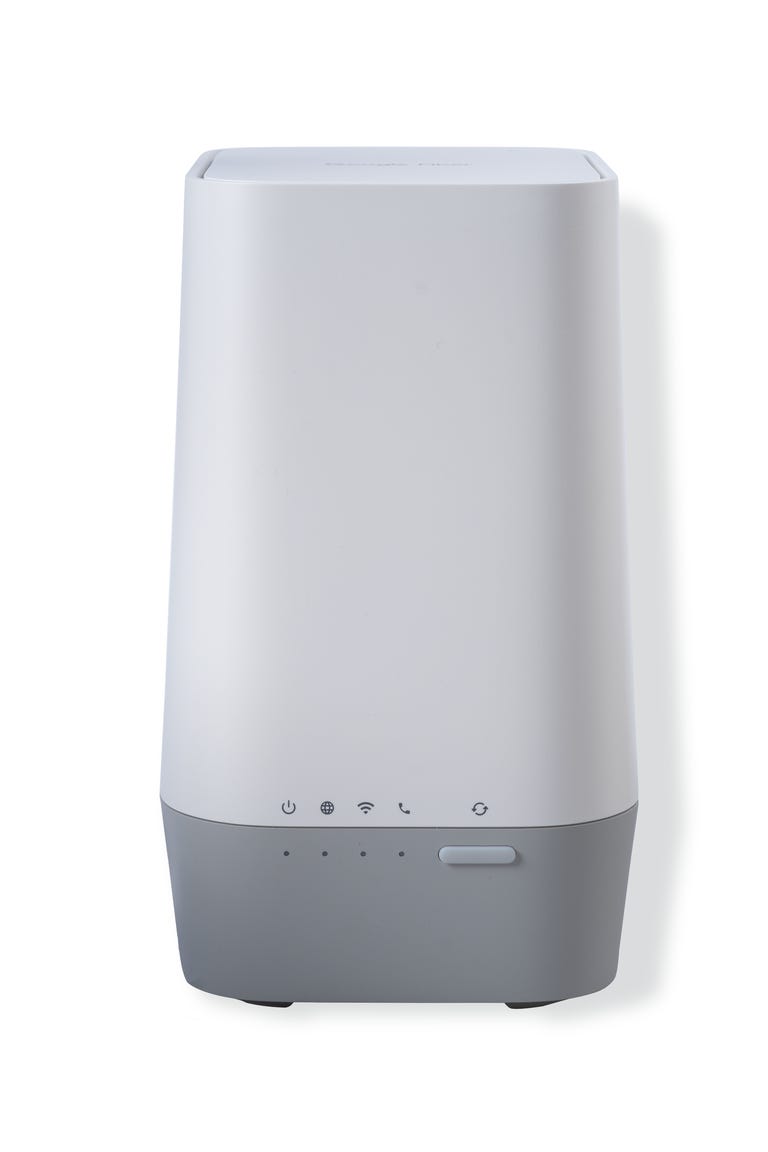Google Fiber is a great choice for gigabit internet. Here's everything you need to know about Google Fiber internet, including how it compares to other major ISPs.
Google Fiber internet plans
Google Fiber internet review
As someone who values high-speed internet and is ready to pay a bit extra for it, I believe Google Fiber is worth the premium. Few fiber carriers can match Google Fiber's speed, let alone cable or DSL service. When shopping for internet service in your area, you'll want to consider more than just speed, so here's a comprehensive overview of everything Google Fiber can offer.
A better value than most ISPs
A cheap cost per Mbps is frequently a terrific internet deal, and Google Fiber rates are comparable to or less expensive than most providers at any speed tier.
For instance, Spectrum's cheapest plan (in most markets) begins at $50 per month for speeds up to 300Mbps. While lower than Google Fiber, the cost per Mbps
Straightforward pricing with no added fees
A cheap cost per Mbps is frequently a terrific internet deal, and Google Fiber rates are comparable to or less expensive than most providers at any speed tier.
For instance, Spectrum's cheapest plan (in most markets) begins at $50 per month for speeds up to 300Mbps. While lower than Google Fiber, the cost per Mbps
Router included at no extra cost
Google Fiber's growing availability
Kansas City, Missouri and Huntsville, Alabama have the most availability, but service is also available in Mesa, Arizona; Orange County, California; Atlanta, Georgia; Charlotte and the Raleigh/Durham area of North Carolina; Nashville, Tennessee; Austin and San Antonio, Texas; Salt Lake City and Provo, Utah; and, most recently, West Des Moines, Iowa.
Select cities, including Chicago, Denver, Miami, San Diego, San Francisco, Seattle, and Oakland, California, will only be able to get Google Webpass, a high-speed fixed wireless internet service comparable to Starry Internet. To qualify for service, consumers must reside in a structure thatis wired for Google Webpass.
Google Fiber expansion continues
Google Fiber is still available to slightly more than 1% of US households, according to the most recent FCC data. There are optimistic indicators of growth, and rapid expansion continues in both existing and new markets, such as Lakewood, Colorado.
Furthermore, Google Fiber appears to be expanding outside of major city limits, which is exciting for a suburbanite like myself. For example, Google Fiber plans to extend into Concord and Matthews, North Carolina. I've lived in both Charlotte suburbs and would not have expected Google Fiber to be available so far from the city core.
How does Google Fiber stack up against competitors?
Google Fiber's beginning price will be higher than that of other fiber providers, or any ISP. AT&T Fiber ($55), Frontier Fiber ($45), Quantum Fiber ($50), and Verizon Fios ($50) all offer lower monthly starting pricing, but keep in mind that the lesser plans frequently have much lower speeds. If such speeds are sufficient for your home, a more economical package from AT&T or Verizon Fios may be your best option.
There's arguably no better gig or 2-gig provider
If you're interested in gig service, Google Fiber will be tough to beat, even among competing fiber providers. At $70 per month, the starting pricing for Google Fiber's gig service is lower than AT&T, Quantum Fiber and Verizon ($75 to $90 per month).
As for comparing gig service from Google Fiber to cable internet providers like Spectrum or Xfinity, not only will Google Fiber probably be cheaper, but it'll likely also be faster, especially when considering upload speeds, and more reliable.
Fiber internet has the potential to deliver symmetrical upload and download speeds, something cable internet can't do. In the case of Google Fiber's 2 Gig plan, you'll get maximum upload speeds of 1,000Mbps compared to maximum download speeds of 2,000Mbps, but that's still incredibly fast.
Upload speeds with cable internet top out at around 50Mbps, so you won't get anywhere near the same upload speeds with cable internet service. The connection quality of a fiber service is also typically better than a cable one, which can be susceptible to slowed speeds due to network congestion, especially during peak usage times.



